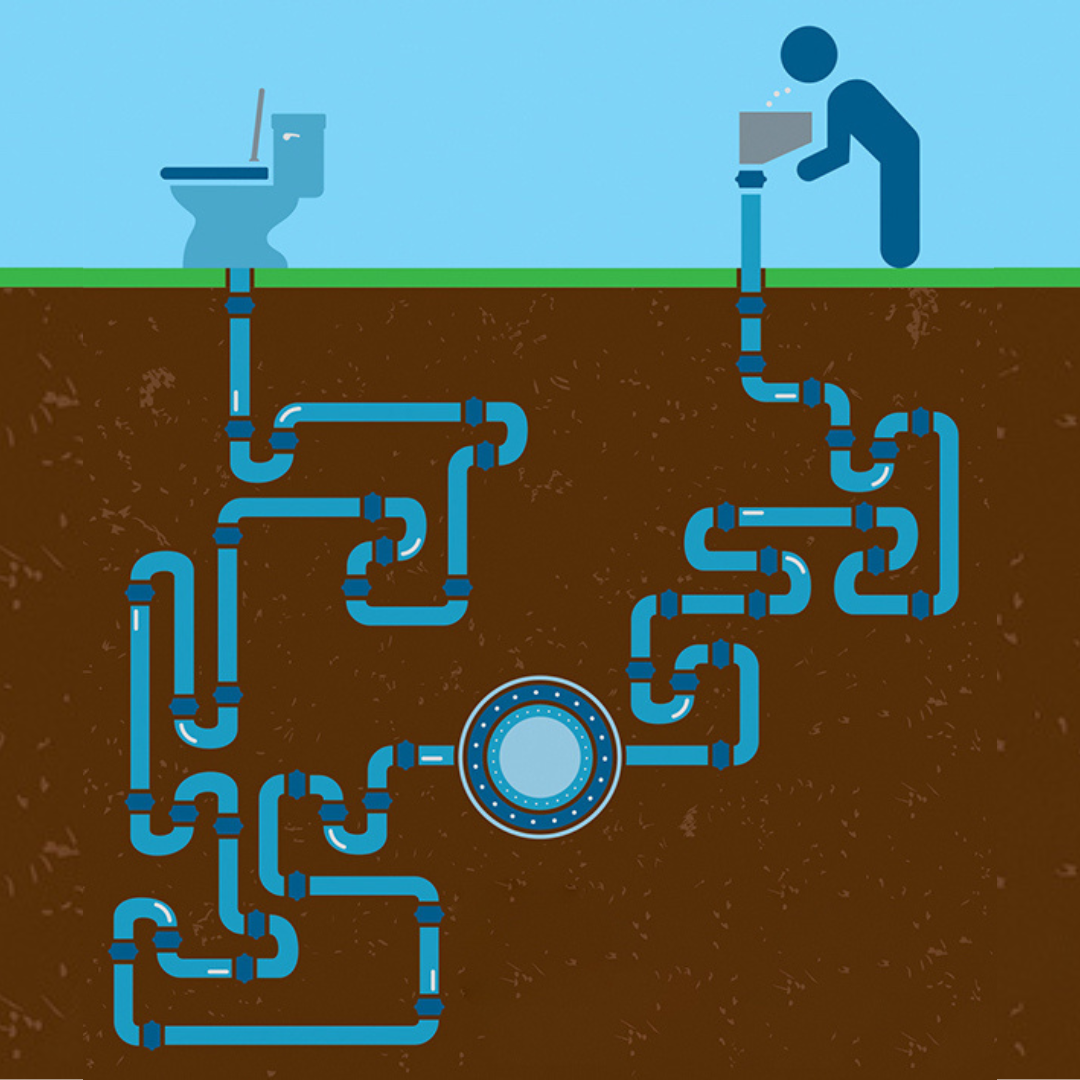An Inside Look at Recycled Water

An Inside Look at Recycled Water
If someone gave you a glass of water that just 24 hours prior was located in the sewer, would you drink it? What if you were told that, since those 24 hours, that same water underwent a number of processes so that it now exceeds all state and federal drinking water standards? In fact, it could be cleaner than most bottled water.
As populations grow over time, this also means an increase in water demand for that area. While some climates can keep up with this extra demand, cities that are prone to droughts or water shortages are always looking for ways to stretch the use of the water they do have access to in safe yet innovative ways. While reclaiming water is one option, another way of preserving this resource is through the act of recycling wastewater, such as raw sewage, and returning it to the drinking supply. This can sometimes be referred to as ‘from toilet to tap’.
California is known for its droughts, which makes for an ongoing battle to find enough water to cater to the whole local population. In particular, California’s Orange County Water District (OCWD) actively recycles sewage water. On any given day, they process anywhere from 70 to 100 million gallons, which is enough to supply one third of the county population. Their sewage water undergoes three processes to make it drinkable before minerals are added back, which includes the following:
- Microfiltration – Gets rid of bacteria, protozoa, and suspended solids in the liquid by pushing it through a series of fiber membranes filled with tiny, hollow tubes.
- Reverse osmosis – Specially made plastic sheets that allow the passage of water while harmful material as small as a molecule is separated out. The water is pushed by 1,000 horsepower engines.
- Ultraviolet disinfection – Destroys any of the water’s remaining viruses
According to the UN, 50% of the world population will face water scarcity by the year 2030, largely due to a combination of climate change and population growth. Some areas are already being proactive by utilizing the ‘from toilet to tap’ concept. However, half the battle is getting end consumers to want to consume water that, until very recently, was used to fill up their toilet bowl. Now that you know what goes into recycling sewage water, would you drink a glass of it?

